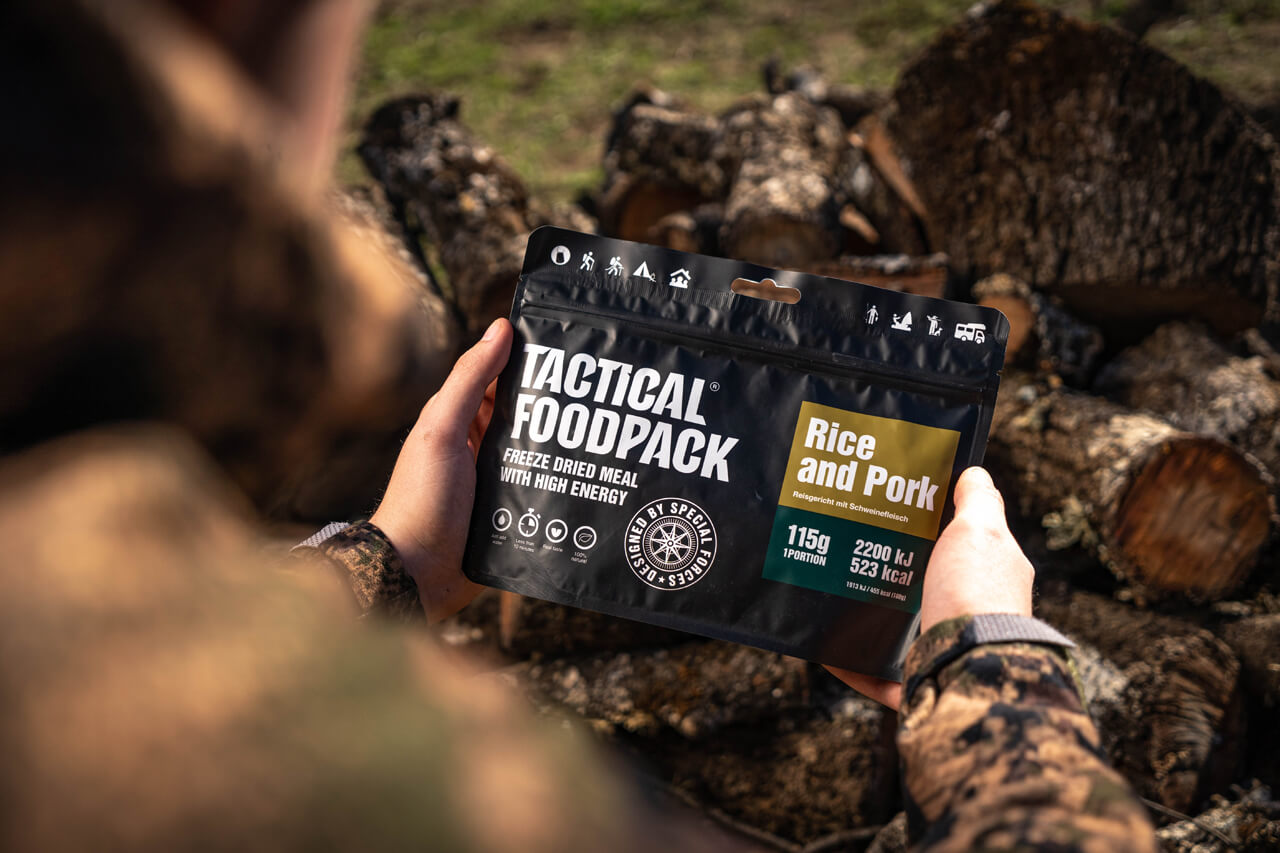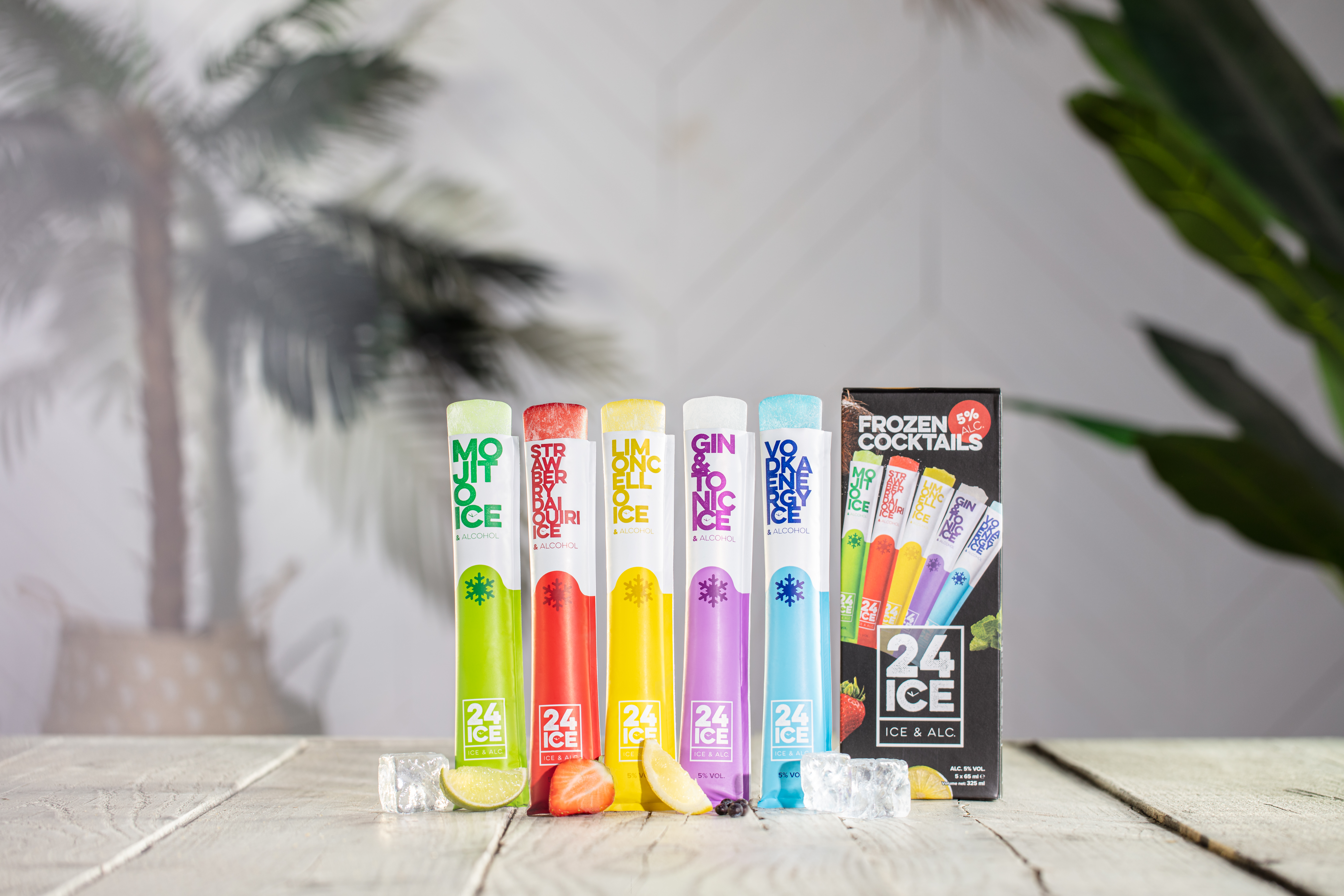


Introduction
In the ever-evolving landscape of healthcare, the importance of sterile packaging for medical devices cannot be overstated. As technology advances and the medical device packaging market expands, ensuring safety and compliance has become paramount. This article delves into the intricacies of sterile packaging, exploring its significance, regulatory frameworks, innovations, and the future of this essential aspect of healthcare.
Sterile Packaging for Medical Devices: Ensuring Safety and Compliance
Sterile packaging serves as a safeguard that protects medical devices from contamination during storage, transport, and handling. The integrity of sterile packaging is crucial in ensuring that devices reach healthcare providers in a condition fit for use. From surgical instruments to diagnostic tools, every element must adhere to stringent industry regulations.
Understanding Medical Packaging
Medical packaging is a specialized field focused on creating protective barriers for medical products. It encompasses various materials and processes designed to ensure that medical devices remain sterile until they are needed.
The Role of Medical Device Packaging Companies
Medical device packaging companies play a pivotal role in designing and manufacturing these protective solutions. They employ advanced technologies to create packages that not only preserve sterility but also meet regulatory requirements.
The Medical Device Packaging Market Landscape
The medical device packaging market has witnessed exponential growth due to increased demand for innovative healthcare solutions. According to recent reports, this market is projected to grow significantly over the next few years, driven by trends such as aging populations and rising chronic diseases.
Key Players in the Market
Several companies dominate the medical device packaging landscape, providing cutting-edge solutions tailored to specific needs:
- Amcor Sealed Air Corporation West Pharmaceutical Services Berry Global Smurfit Kappa Group
These companies are at the forefront of developing innovative materials and designs that enhance product safety.
Innovations in Medical Packaging Design
Innovation is vital in medical packaging design as it directly impacts patient safety. Advances in materials science have led to the development of new biodegradable options that maintain sterility while being environmentally friendly.
Medical Blister Packaging
One notable innovation is medical blister packaging, which offers an effective barrier against external contaminants. This type of packaging is commonly used for smaller devices or pharmaceuticals.
Regulatory Frameworks Governing Medical Device Packaging
Compliance with regulations is non-negotiable in sterile medical packaging. Regulatory bodies like the FDA (U.S.) and EMA (EU) set forth guidelines that manufacturers must follow to ensure their products' safety and efficacy.
Understanding Medical Device Packaging Regulations
These regulations cover multiple aspects including labeling, material selection, and testing protocols. For instance:
ISO 11607 - Standard for sterile barrier systems. FDA Guidance on Sterilization. EU MDR (Medical Device Regulation)Manufacturers must stay abreast of these evolving regulations to avoid penalties or product recalls.
Medical Device Packaging Validation Process
Validation is a critical step in ensuring that medical device packaging meets all functional requirements before it hits the market.
Steps Involved in Validation
Design Qualification (DQ) Installation Qualification (IQ) Operational Qualification (OQ) Performance Qualification (PQ)Each phase involves rigorous testing to verify that materials perform as expected under various conditions.
Choosing Appropriate Medical Packaging Materials
Selecting suitable materials for sterile packaging can be challenging given the diverse range available today.
Commonly Used Materials Include:
- Polyethylene Polypropylene PVC Tyvek Paper
Each material comes with its own set of advantages and disadvantages concerning moisture barrier properties, strength, and cost-effectiveness.
Sustainable Practices in Medical Device Packaging Design
With growing environmental concerns, sustainable practices are increasingly influencing how companies approach medical device packaging design.
Trends Toward Sustainable Materials
Many manufacturers now explore biodegradable options or recyclable materials without compromising sterility or functionality.
FAQs About Sterile Packaging for Medical Devices
1. What is sterile packaging?
Sterile packaging refers to methods used to create a sealed environment Kitting that prevents microbial contamination during storage and transport of medical devices.
2. Why is sterile packaging critical?
It ensures that medical devices remain uncontaminated until they are used on patients—vital for patient safety.
3. What regulatory bodies oversee sterile packaging?
Key regulatory bodies include the FDA in the U.S., EMA in Europe, and ISO standards globally which provide guidelines on sterilization methods and material selection.
4. How does validation work?
Validation involves systematic testing through DQ, IQ, OQ, and PQ phases ensuring products meet required specifications before reaching consumers.
5. What materials are commonly used for sterile packing?
Materials such as polyethylene, Tyvek, paper-based products, and PVC are frequently utilized due to their barrier properties against contamination.
6. Are there sustainable options available?
Yes! Many companies are now researching biodegradable materials that do not compromise sterility while being environmentally friendly.
Conclusion
In summary, sterile packaging for medical devices plays an indispensable role in safeguarding health outcomes by preventing contamination during transport and storage processes. With rapid advancements within this sector coupled with stringent regulatory environments governing compliance standards—medical device manufacturers must continually innovate while adhering closely to established guidelines across various regions globally.
This comprehensive exploration has illuminated both current trends within the industry while underscoring challenges faced by stakeholders involved—from design through distribution—ultimately reinforcing why prioritizing safe practices remains paramount when developing efficient solutions catering specifically towards Custom Packaging enhanced patient care experiences moving forward into future possibilities awaiting discovery beyond today’s limits.
This structured article serves not only as an informative piece but also addresses key concerns about compliance issues affecting stakeholders throughout this dynamic field; providing valuable insights necessary toward understanding complexities surrounding safe handling protocols implemented across diverse applications encountered within modern medicine’s evolving landscape today!